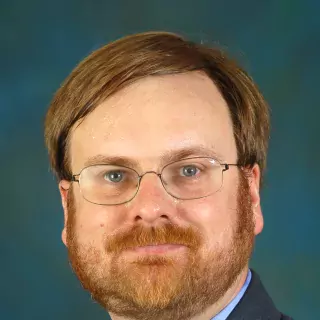Coordinating Programs Serving Those with Serious Mental Illness
Each year, the first full week of April marks National Public Health Week—a time to highlight issues that are important to improving health across the country. Within the week, each day has a theme, and today’s theme is “Building Broader Communities.” In the spirit of the day, we are sharing our work on coordinating care in the community and elsewhere for adults with serious mental illness.
In 2013, an estimated 10 million adults in the United States suffered from a serious mental illness—conditions such as schizophrenia, bipolar disorder, major depression, and severe post-traumatic stress disorder. We reported on federal programs that support adults with serious mental illness, focusing on the importance of coordination among the federal agencies managing these programs.
How Many Programs Are Out There?
We identified more than 100 programs across 8 agencies that support people with serious mental illness. Most of these programs address broader social issues such as homelessness, but also serve people with serious mental illness.
The Department of Health and Human Services (HHS) oversees many of these programs, and the Substance Abuse and Mental Health Services Administration (SAMHSA) is required to promote coordination of these programs across the federal government.
Why Is Coordination So Important?
If agencies administering programs for those with serious mental illness don’t coordinate, they run the risk of duplicating each other’s efforts or leaving gaps in services.
We found that some programs coordinate at the staff level to provide services. For example, the Department of Justice and SAMHSA have reported working together on programs that direct people with serious mental illness out of the criminal justice system and into more community-based treatment.
However, we found few coordination activities at agency leadership levels, which means that duplication or gaps in services may go unnoticed. To help find—and possibly close—any gaps, we recommended that HHS better identify programs and resources to improve coordination.
Interested in learning more? Check out our podcast with Linda Kohn, a director in GAO’s Health Care team:
Comments on GAO’s WatchBlog? Contact blog@gao.gov.
GAO Contacts
Related Products

GAO's mission is to provide Congress with fact-based, nonpartisan information that can help improve federal government performance and ensure accountability for the benefit of the American people. GAO launched its WatchBlog in January, 2014, as part of its continuing effort to reach its audiences—Congress and the American people—where they are currently looking for information.
The blog format allows GAO to provide a little more context about its work than it can offer on its other social media platforms. Posts will tie GAO work to current events and the news; show how GAO’s work is affecting agencies or legislation; highlight reports, testimonies, and issue areas where GAO does work; and provide information about GAO itself, among other things.
Please send any feedback on GAO's WatchBlog to blog@gao.gov.



